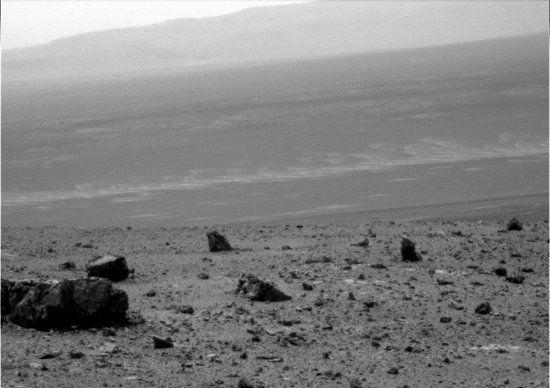Bigelow in negotiations to supply privately-built modules to ISS
Bigelow Aerospace is in negotiations with both NASA and Japan to supply ISS with privately-built modules
The module could be rented out as an ISS storage unit, making the station less dependent on frequent resupply flights, says Hiroshi Kikuchi of JAMSS. To show that the modules are capable of safe, crewed operation, Bigelow is also negotiating with NASA to attach one to a US-owned ISS module.
.
Bigelow Aerospace is in negotiations with both NASA and Japan to supply ISS with privately-built modules
The module could be rented out as an ISS storage unit, making the station less dependent on frequent resupply flights, says Hiroshi Kikuchi of JAMSS. To show that the modules are capable of safe, crewed operation, Bigelow is also negotiating with NASA to attach one to a US-owned ISS module.
.

